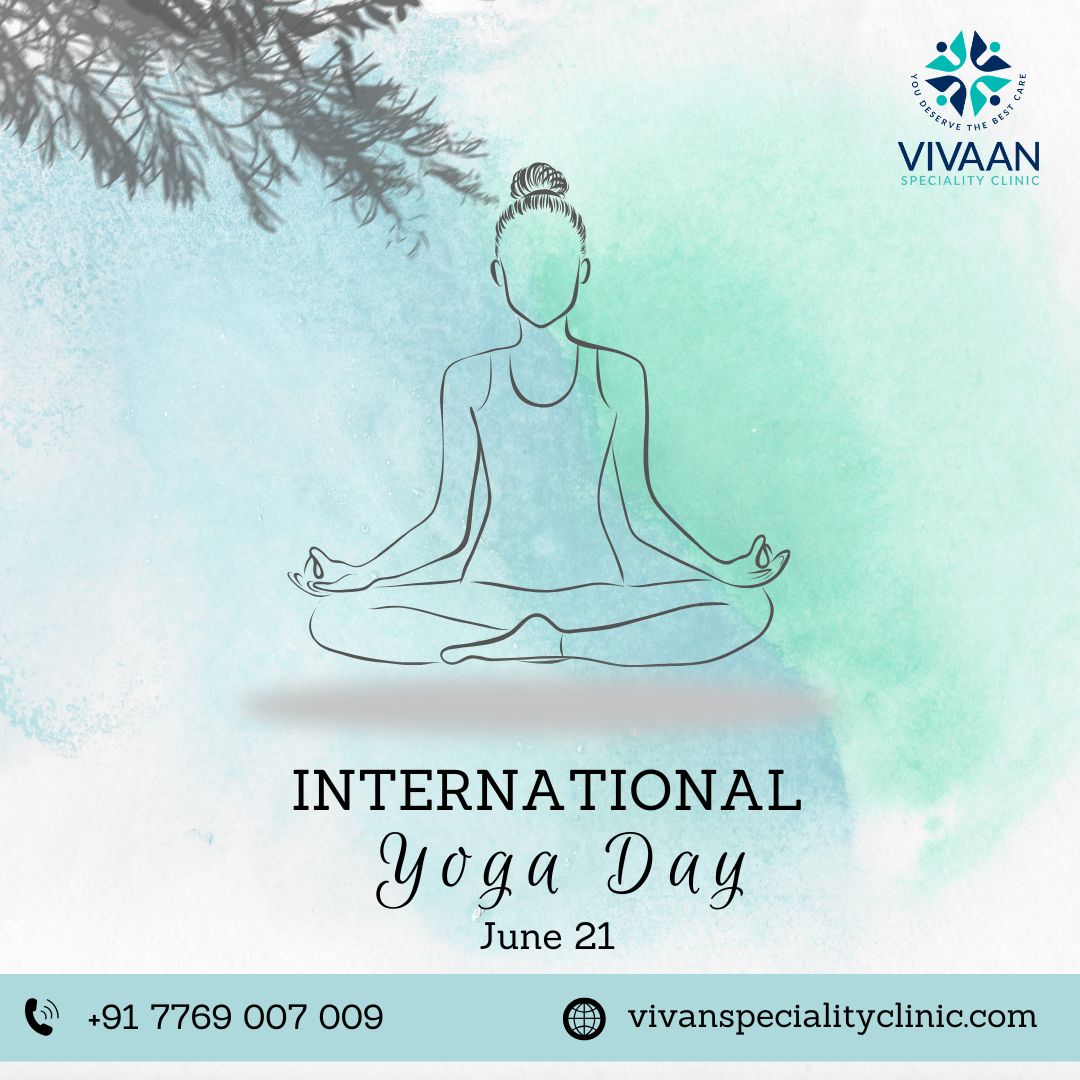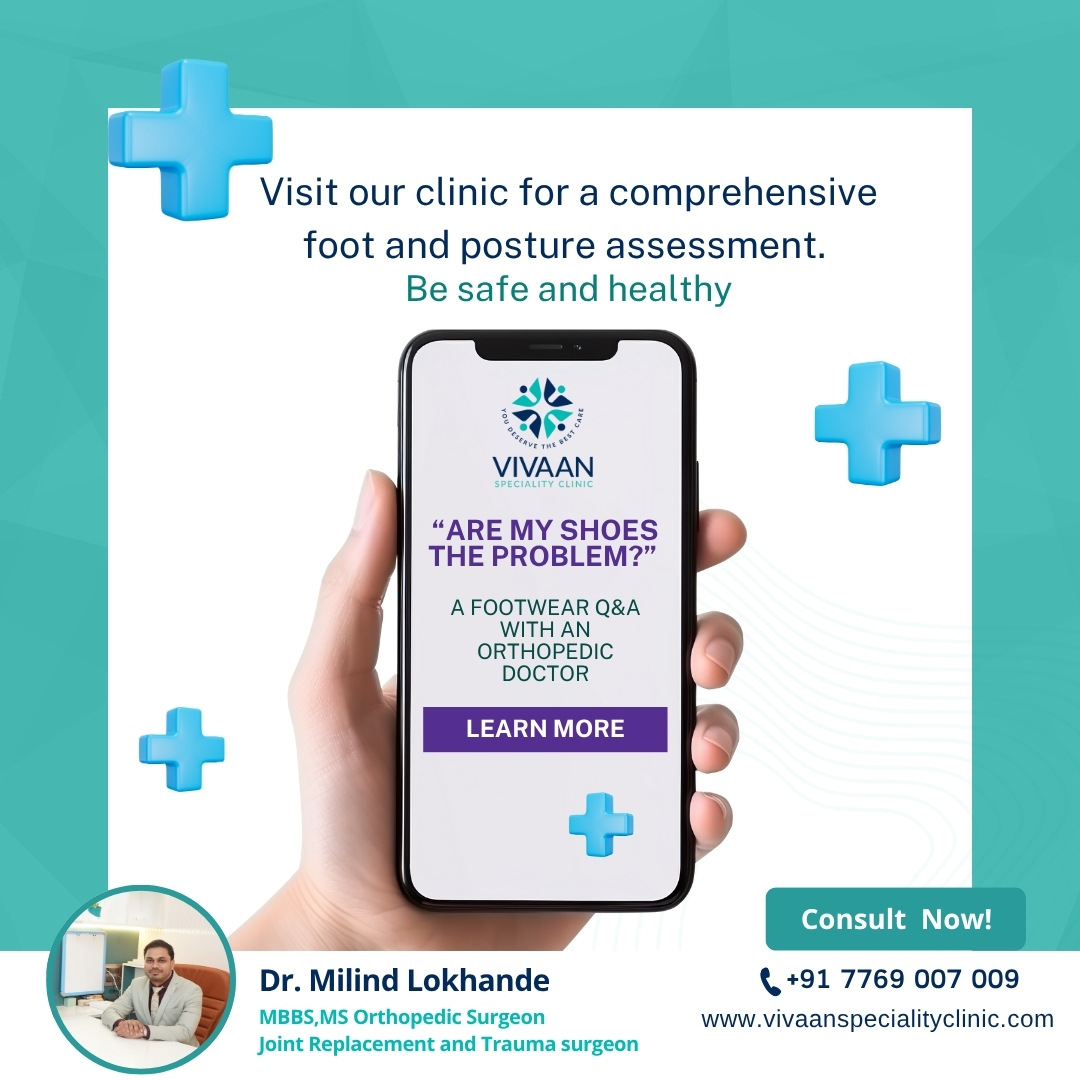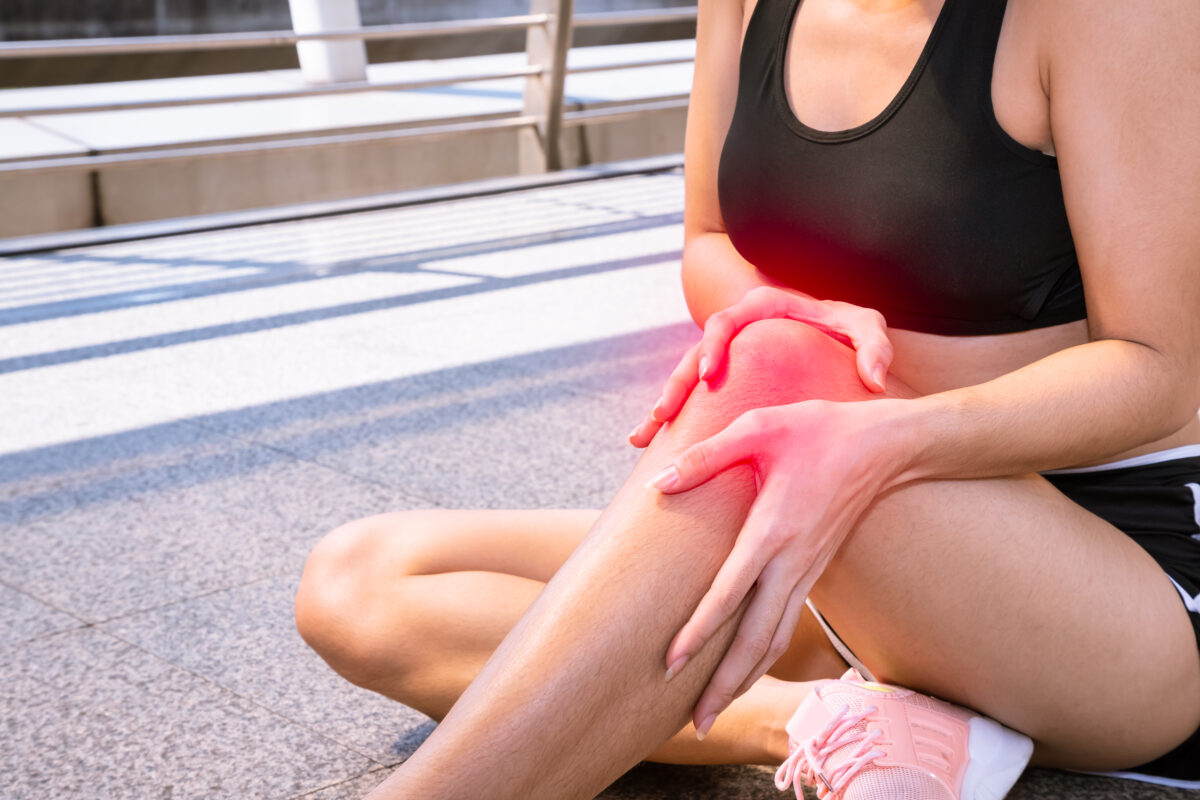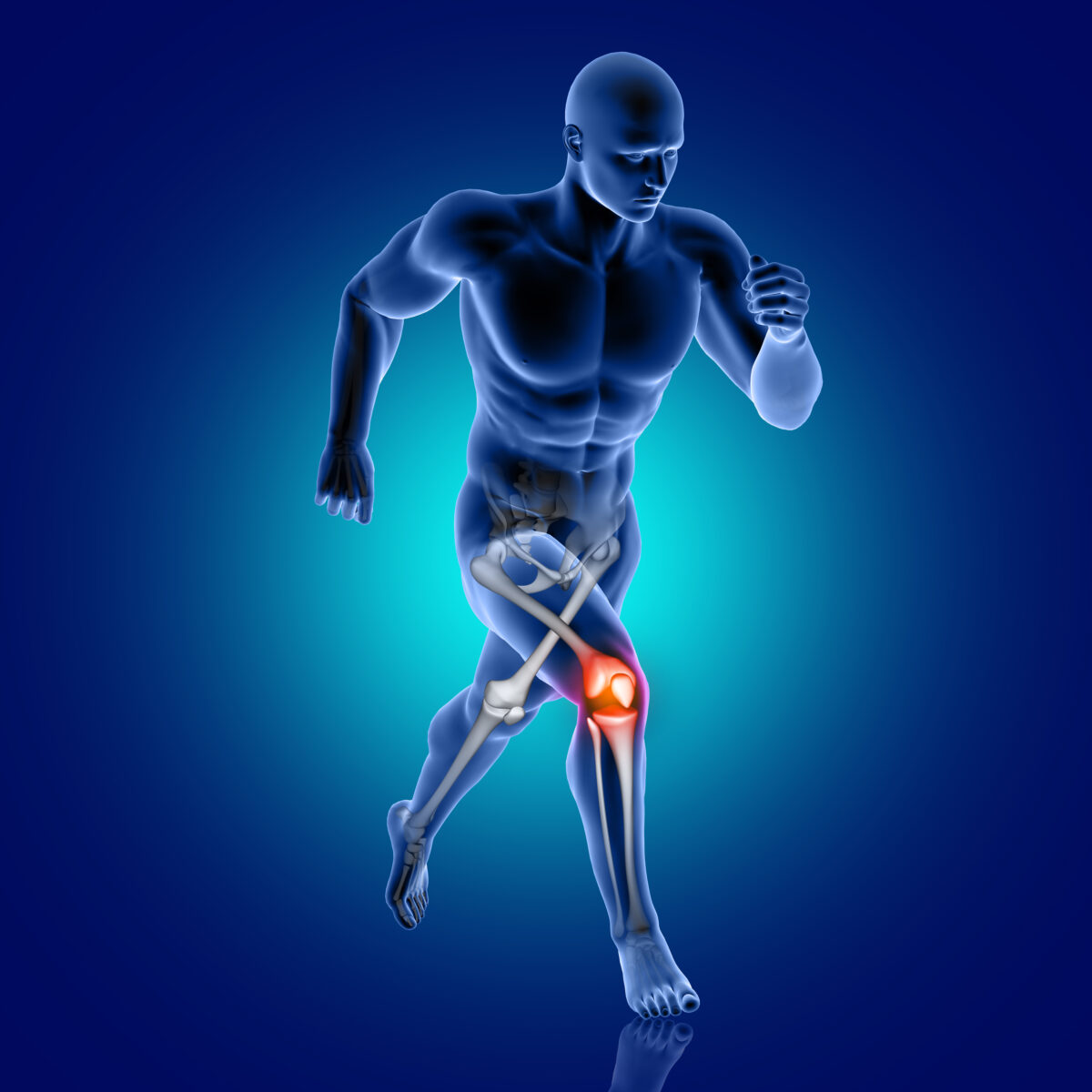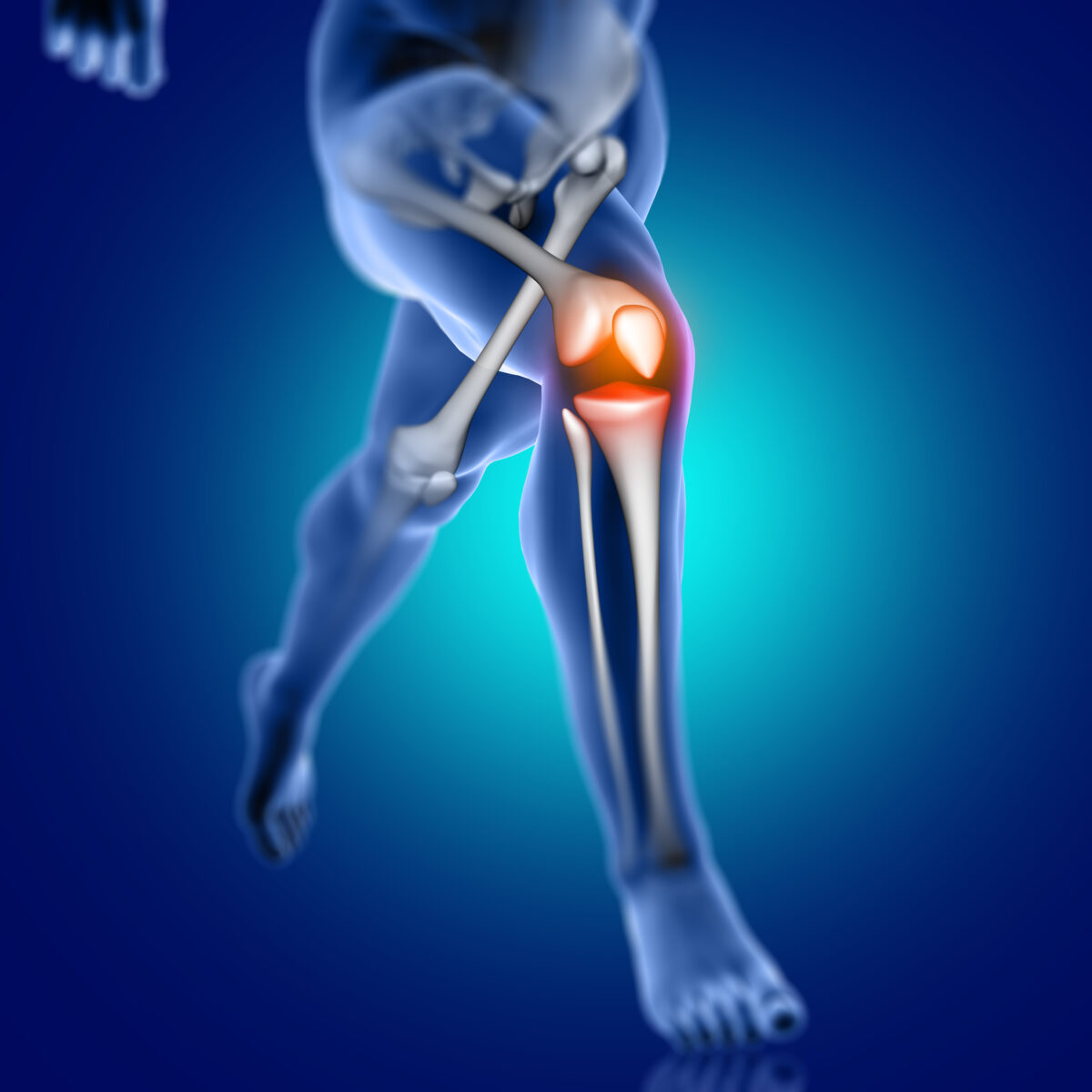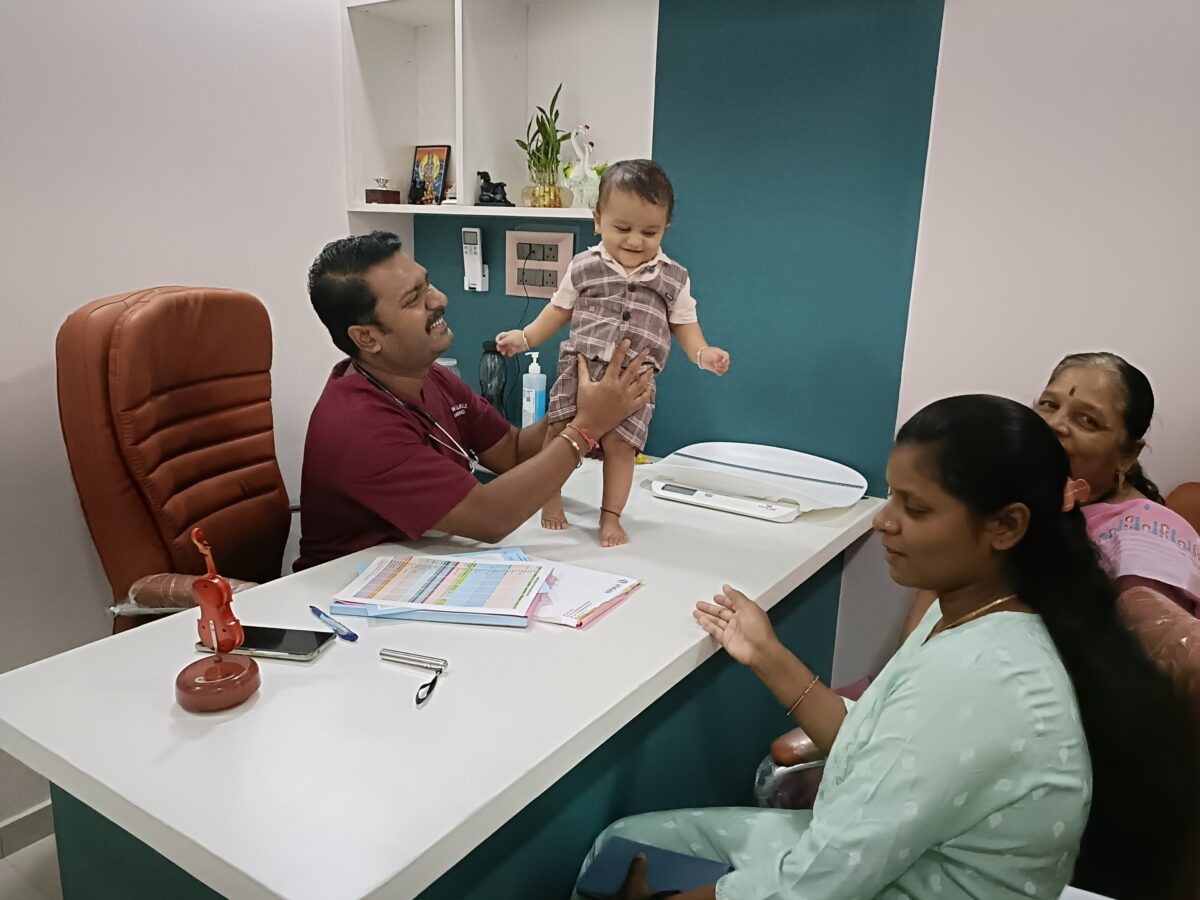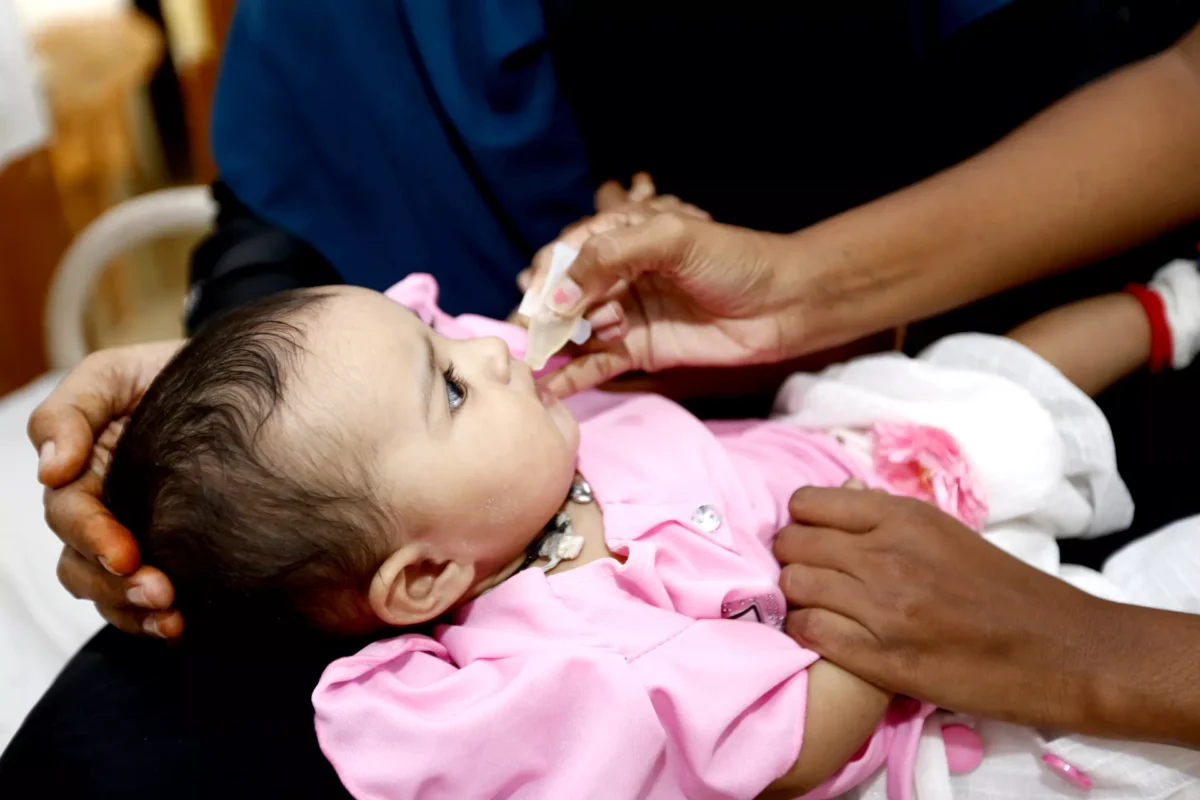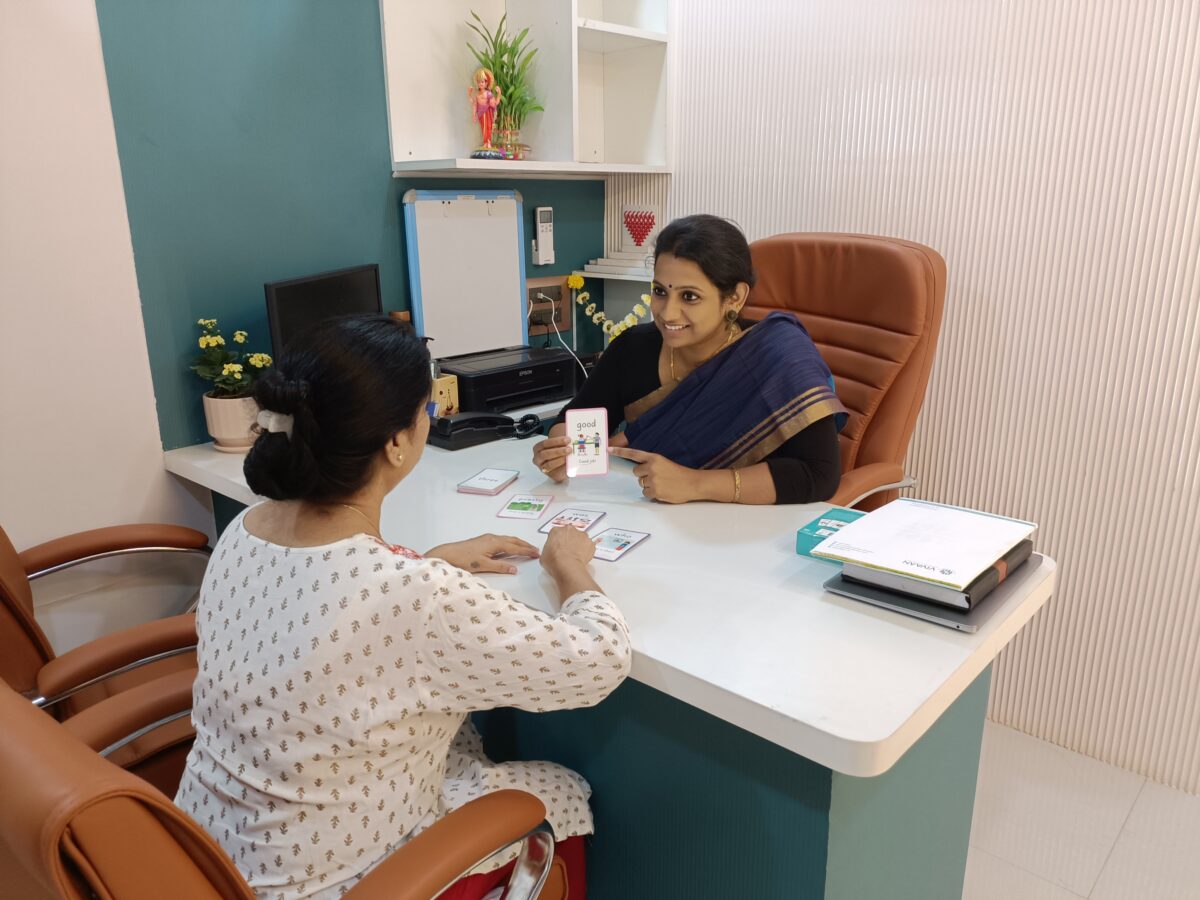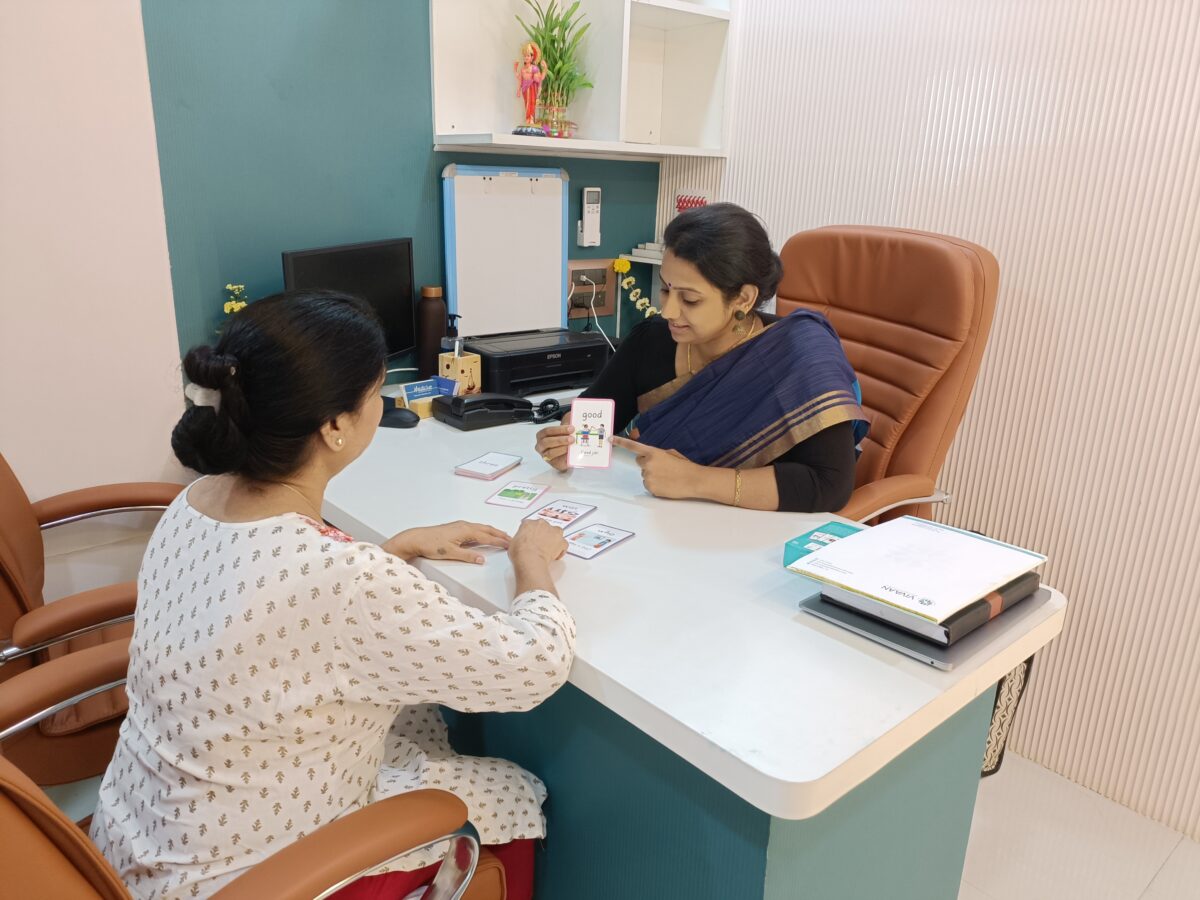
“Why Does My Neck Hurt So Much?” – Let’s Talk Tech Neck
By Dr. Milind A.Lokhande, [MBBS,MS Ortho], Joint Replacement and trauma surgeon
“Doc, I haven’t had an accident, I don’t lift heavy stuff… and yet, my neck is always hurting.”
I hear this from people almost every single day. And 9 out of 10 times, the cause is something they don’t even consider a health risk: their phone.
Welcome to the era of Tech Neck—the modern orthopedic problem hiding behind screens.
What Exactly Is Tech Neck?
Tech Neck refers to the strain and pain in your neck and shoulders caused by looking down at phones, tablets, or laptops for extended periods. The average human head weighs around 4.5 to 5.5 kg. But tilt it forward just 45 degrees, and the pressure on your neck can jump to over 20 kg!
Do that for 3–4 hours a day (which most of us do, sometimes more), and you’ve got a recipe for:
- Chronic neck pain
- Stiff shoulders
- Headaches
- Upper back strain
- And eventually… poor posture
Why Is Mobile Neck Pain So Common Now?
We’re in a digital age where everything—work, entertainment, communication—is screen-based. Whether you’re binge-watching a show, texting, reading, or working remotely, your head is often slouched forward.
Even students and teens are complaining of neck stiffness nowadays—something we used to associate with older adults. The culprit? Phones and poor sitting posture.
✅ Neck pain from phone use isn’t just a lifestyle inconvenience—it’s a growing orthopedic issue.
How to Know If You Have Tech Neck
Here are some warning signs:
- Dull ache or sharp pain in the back of your neck
- Pain or stiffness after using your phone or computer
- Tingling or numbness in your arms or fingers
- Frequent tension headaches
- Cracking sounds or reduced neck mobility
If these symptoms sound familiar, you might be dealing with mobile neck pain.
What Happens If You Ignore It?
Here’s what I tell my patients: Ignoring tech neck today may lead to cervical spine issues tomorrow.
Chronic stress on your neck can cause:
- Muscle imbalances
- Disc degeneration
- Pinched nerves
- Cervical spondylosis
- And in severe cases, the need for medical or surgical intervention
Prevention is always easier (and cheaper) than treatment.
✅ Doctor’s Tips to Prevent and Manage Tech Neck
As an orthopedic specialist, I recommend simple, daily changes that can protect your spine:
- Lift Your Screen
Keep your phone at eye level when texting or reading. If you use a laptop, invest in a laptop stand.
- Correct Your Workstation
If you work at a desk, make sure your chair, table, and screen are at ergonomic heights. Use a supportive chair that encourages a straight spine.
- Take Micro-Breaks
Every 30 minutes, take a 1–2 minute break to roll your shoulders, stretch your neck, and realign your posture.
- Neck and Shoulder Exercises
Simple stretches like neck rolls, shoulder shrugs, and chin tucks can reduce stiffness and strengthen weak muscles.
- Be Mindful
Awareness is your first line of defense. If you catch yourself slouching, correct it immediately. Over time, this becomes a habit.
🌿 Bonus: Heat, Massage & Movement
For those already experiencing mild discomfort, warm compresses, therapeutic massage, or physiotherapy exercises can offer immense relief. But if your symptoms persist, don’t wait too long—consult an orthopedic doctor for a proper evaluation.
🧠 Final Words From the Ortho Desk
Tech Neck is the new backache.
We’re connected more than ever—but it comes at the cost of posture and spinal health. The good news? A few mindful changes today can save you from years of pain.
Take it seriously, and your neck will thank you.
Need help with posture or recurring neck pain?
Book a consult with us for a full spine alignment and ergonomic advice tailored to your lifestyle.


